
Shipping strawberry plants within a country is generally relatively easy to do, IF there is a reliable and trustworthy shipping service/system in place. However, shipping strawberry plants (or any other plants) across international borders is quite a bit more difficult to pull off successfully. I often get requests from people all over the world asking how they can get strawberry plants shipped to them. To understand what is involved with shipping strawberry plants internationally or domestically, just keep reading!
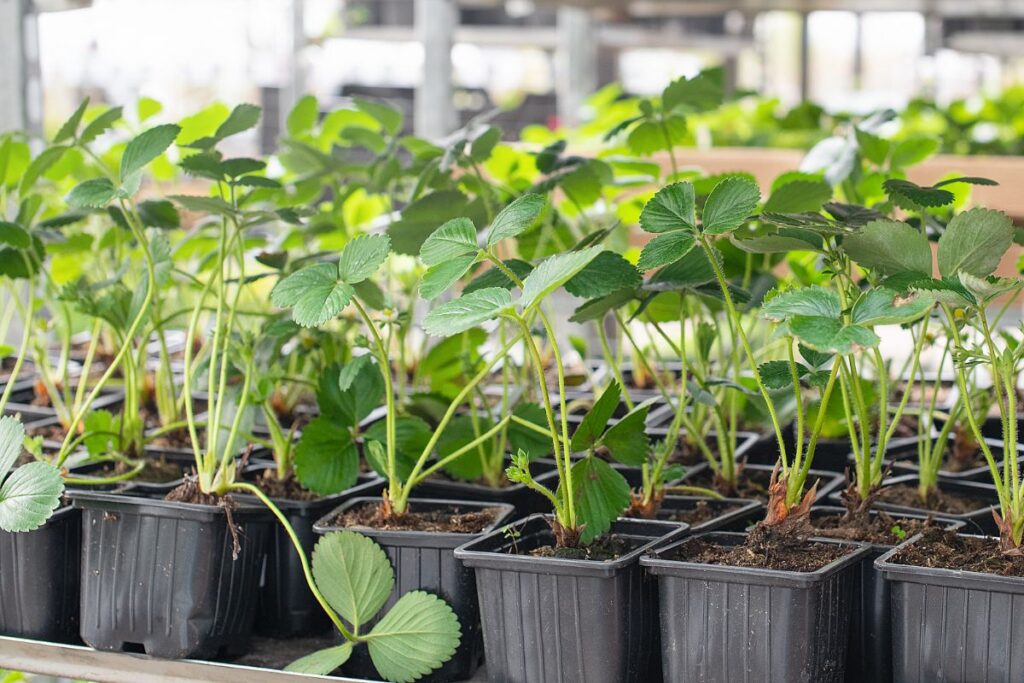
Jump to:
The Basics of Shipping Strawberry Plants
Nurseries sell millions of strawberry plants every year. Many nurseries still sell the old-fashioned way: having gardeners swing by the local nursery, pick up a rooted strawberry plant (dirt, container, and all), and take it home to plant in the garden. With the advent of the internet and rapid shipping, many large (and some small) nurseries have modified their methods to increase their customer base. They ship strawberry plants much more quickly and to many more locations. They accomplish this by harvesting and processing their plants until they are bare-root strawberry plants.
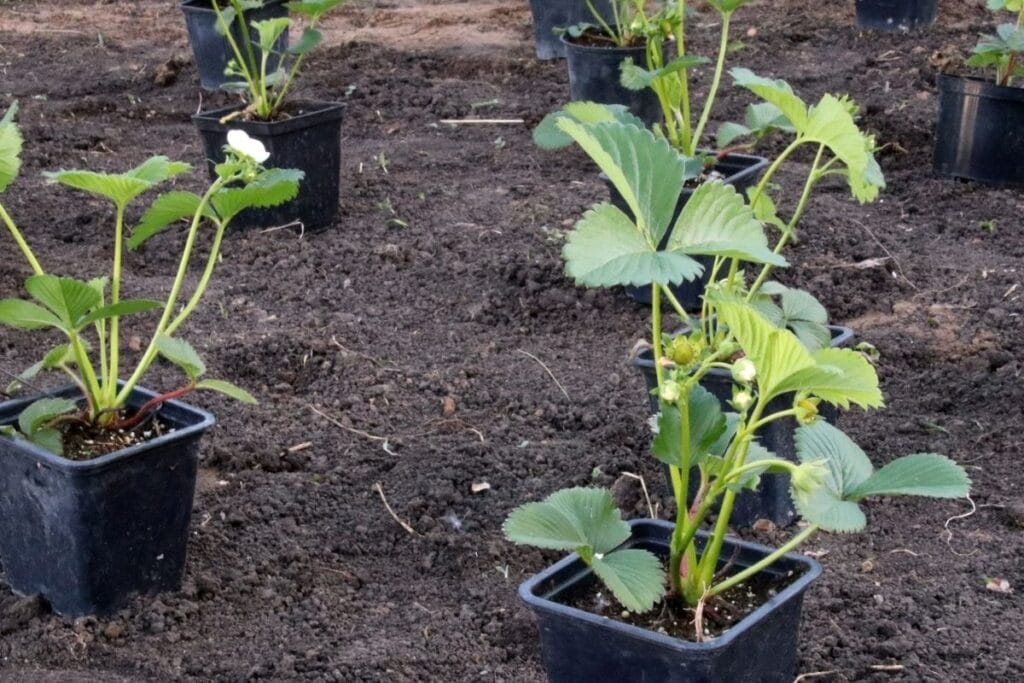
While it is much easier to ship strawberry plants today, there are several basic principles that must be attended to in order to achieve a successful shipment. It is common these days for people to share strawberry plant stock with friends and family around the country or in other places. Following these guidelines will help keep your plants alive and everyone happy:
1. Make sure the strawberry plants are clean. There are numerous strawberry plant pests and diseases (see the Strawberry Plant page for more details). These can be in the soil in which your strawberry plants are growing, or they can be found infecting the plants themselves. The last thing you should do is ship contaminated plant material anywhere and, consequently, spread the infestation to more places. Make sure of your plants’ health before shipping them. Phytosanitary certification will be discussed below.
2. Stabilize the plants for protection. Both strawberry plants and strawberry plugs are shipped with their roots contained in soil or a special growing medium. As you might imagine, boxes are tossed, dropped, placed upside down, and generally not handled with extreme care. Strawberry shippers have designed their own shipping containers that allow for stabilization of the plants within the box/container and prevent the dirt from shaking loose during shipment. Should you ship strawberry plants, make sure the growing medium is stabilized and contained and the vegetative growth is secured so that it will not be damaged en route.
3. Ensure that the roots do not dry out. Most big nurseries ship bare-root strawberry plants due to the relative ease of shipment. To successfully ship strawberries in this manner, you must ensure that the roots remain moist. Wrap the bare roots with paper towels and then moisten the paper towels. Do not soak them so that they are water logged, but do wet them enough to keep moisture around the roots. Next, put the root-wrapped strawberry plants in a moisture-tight container (zip lock or other sealed plastic bags work well), and immediately ship them to their final destination.
4. Ship them quickly. Pay the extra fee to have the plants rushed. They should be shipped, received, and planted within about a week or so to obtain maximum survival rates. If they are lost in transit or delayed for any reason, they will likely die. If bare-root strawberries are shipped, you may want to review information on storing bare-root strawberry plants.
Shipping Strawberry Plants to the United States
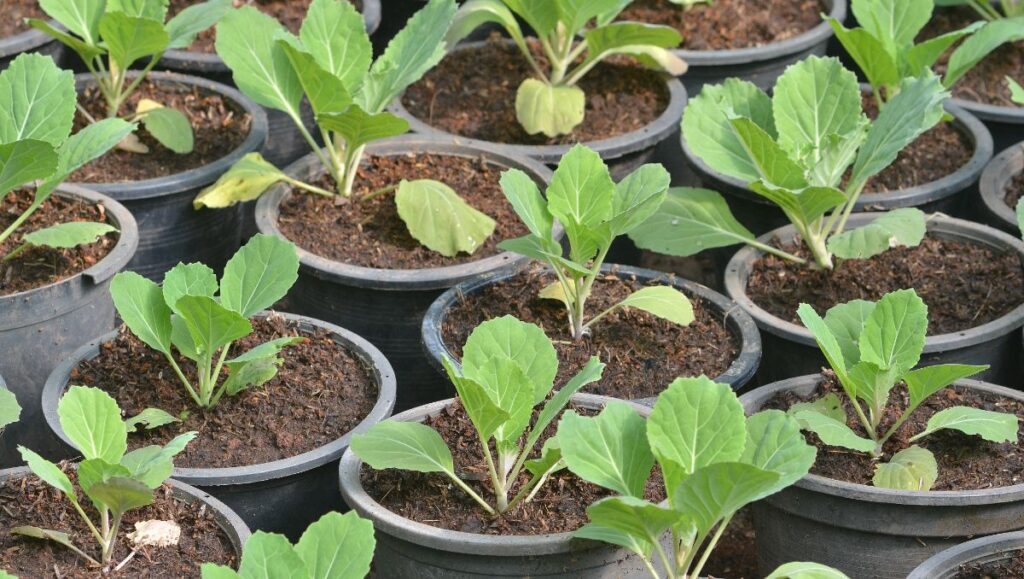
Two components of the United States Department of Agriculture (USDA) are involved with and responsible for the importation of strawberry plants (and other plants) into the United States. The USDA’sAnimal and Plant Health Inspection Service (APHIS) and Plant Protection and Quarantine (PPQ) bear the responsibility for protecting the USA’s plants and agricultural systems from infection or infestation by invasive weeds, diseases, or plant pests from imported plants/organic matter. APHIS is ultimately responsible for all plant material coming into the country, but it is likely that only random shipments are actually inspected due to volume constraints.
If you are buying strawberry plants from a foreign country and having them shipped to the United States, you are considered an importer. As an importer, you bear the legal responsibility for the shipment. Thus, if you do not have proper permits, phytosanitary certification, or if you try to import illegal or banned plant species, you will be subject to the proscribed penalties. Some of the fines can be quite hefty, should they be levied. At minimum, your plants will be confiscated and your name recorded, while the maximum punishment could be a hefty fine and/or jail time.
So, prior to importing, go to the APHIS website and familiarize yourself with your responsibilities. The website also provided guidance on how to treat infected plants prior to shipment to ensure their safety. Specific requirements for importing fruits and vegetables from abroad can be searched here: Fruits and Vegetables Import Requirements (search for “strawberry” or use the scientific name “Fragaria.”)
Be aware of the requirements so that the business or supplier from whom you order will have the appropriate paperwork together on their end also. The certification process can be expensive, so a lot of overseas merchants don’t bother with it. That can cause you problems and can cause your shipment to be delayed or confiscated, resulting in dead or lost plants/money. So, be careful! Additionally, the nations that are out of favor politically with the United States often have sanctions or embargoes in place, and American citizens are forbidden to trade with people or businesses within such countries. Generally speaking, it is prohibited to import from Afghanistan, Cuba, Iran, Libya, Serbia, or Sudan. A branch of the Treasury Department (The Office of Foreign Assets Control) strictly enforces this. To import anything from any of these countries, you will need a license, but they are virtually never issued.
Shipping Strawberry Plants Internationally
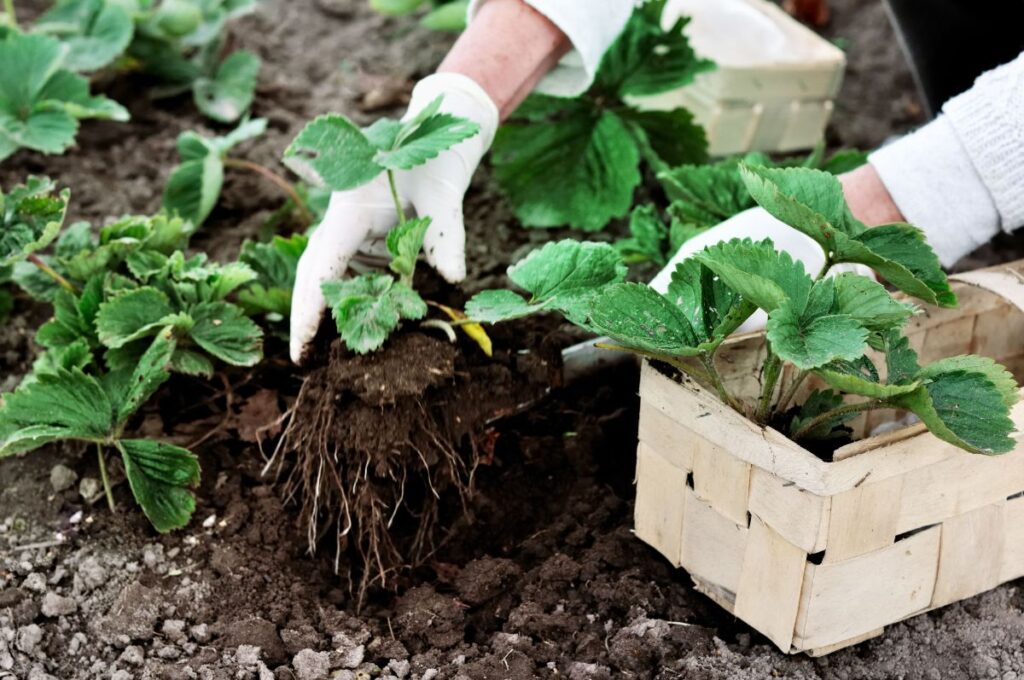
To ship strawberry plants internationally, several things need to be done on the shipper’s end. Following these guidelines will improve the odds of successful shipment and satisfied customers. What should be done:
1. Obtain a phytosanitary certificate for each shipment. Each shipment must be inspected and certified as containing only clean, safe plants. Phytosanitary certificates can be obtained at the point of origin, at a port from which the shipment will tranist, or at the actual port of export. Receipt of the inspection application must be received by the authorities at least a week or two prior to the shipping/loading dates to allow adequate time for sampling and inspection. Additionally, the plants must be accessible to the inspecting official so that the inspection/certification can be performed.
2. Make any needed treatments. If the inspection reveals contamination, there are government approved methods for “cleaning” the plants or plant materials. The treatments are often harsh, but they must be done in order to get the certification.
3. Protect the certified strawberry plants. Shipping strawberry plants can be perilous, and re-contamination can occur. Once your strawberry plants have been properly inspected and certified, seal the packaging so that no other pests or diseases can infest the clean plants en route to their destination or during the time lapse between certification and actual shipment.
The USDA’s Phytosanitary Certificate Issuance & Tracking system (PCIT) tracks the certification of plants. They ensure and certify that the plants comply with the standards of the countries to which they will be exported. For more information on obtaining phytosanitary certification, visit the PCIT website.
Getting Strawberry Plants Through Customs
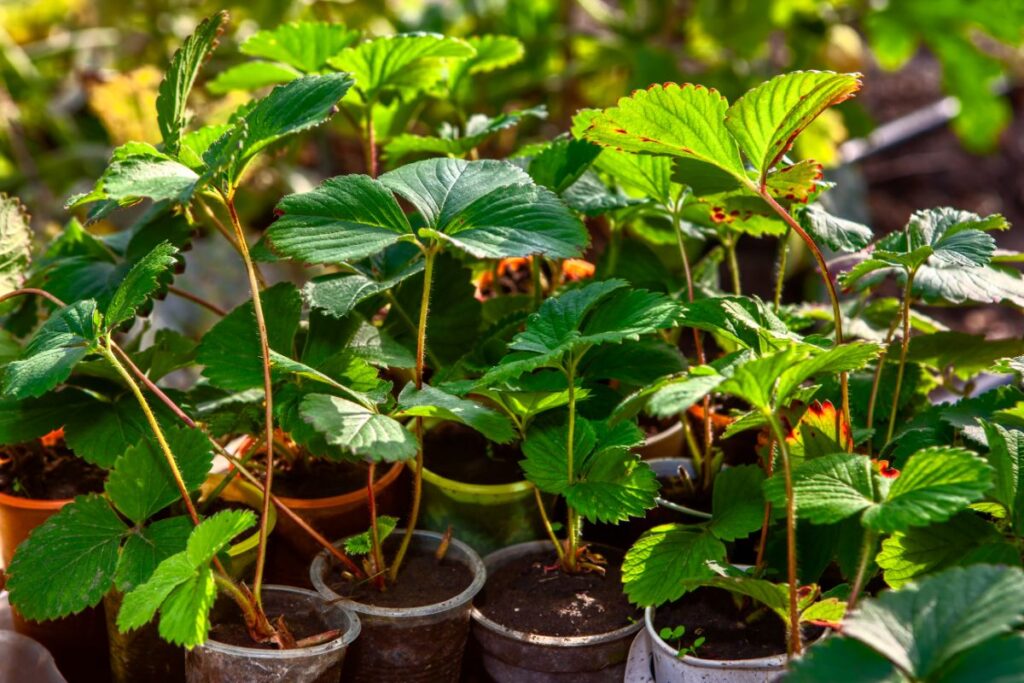
Customs can be scary. Depending on the country, customs agents may carry machine guns or other military-issued firearms. And, chances are that you don’t speak the foreign language well. Always be polite and cooperate as you can. Most plants, plant cuttings, seeds, other plant products, and certain endangered species require import permits to move from country to country, and it is definitely true of the United States. Also, any endangered species must be accompanied by a permit from the country of origin. All plants and plant matter must be declared at customs and presented for inspection. Often, whether or not strawberry plants are allowed in will be determined by which state you are returning to. Strawberry plants allowed in Georgia may not be allowed in California.
If you are going to attempt to bring strawberry plants into the United States personally through customs, call APHIS and get a copy of the Traveler’s Tips publication (or access it online). It lists what is and is not allowed and which plants require a permit. Click for Travel Tips and Required Permits., which lists what you can and can’t bring, and also items for which you’ll need a permit. You can also call (301) 734-8295 or write to this address:
USDA-APHIS-PPQ
4700 River Road
Unit 139
Riverdale, MD 20737-1236
Shipping Strawberry Plants: Conclusion
The regulations are a tremendous and costly hassle. But, they are in place to protect. Bringing tainted soil or infested plants into different countries can cause blights and massive loss of revenue for the agricultural giants. It is easiest to buy strawberry plants from a supplier that ships within one’s own country, if possible. Visit the Strawberry Plants for Sale directory to peruse businesses that ship strawberries. Seeds also require customs approval, and you can view the Strawberry Seeds for Sale directory also.
If you happen across a supplier who is not listed in the directories, please inform us, and it will be included in the directory once the submitted information is verified.










Nancy says
Good day,
I’d like to start growing strawberries this July, is it too late for this year? if yes, can I do it for next year. I am from Ontario, Canada. I did get info from this web for which ones I can grow. Please advise. Thank you. Nancy
Murtada Osman says
I ask about importing strawberry plants to Sudan especially of those everbearing varieties and day neutral because I think that is suitable for our fully sun in greenhouse. is there any suppliers can do that?
Mr. Strawberry says
Murtada Osman,
You can check with the suppliers for the varieties you are interested in growing here. Good luck!
Mark says
I wanna import strawberry mother plant (sweet Charlie) at India(Maharashtra,satara) plz give me information
Mr. Strawberry says
Mark,
I personally do not sell or ship seedlings. There are quite a few suppliers, however. I’d recommending contact them by looking up the variety you would like to order on the Buy Strawberry Plants page and seeing if they can ship to you. Good luck!
yve says
Do you know if there are any restrictions on shipping pineberry plants into canada?
Mr. Strawberry says
yve,
I think they can be shipped to Canada, but you should check with the suppliers who offer them for sale here: Pineberries. Good luck!